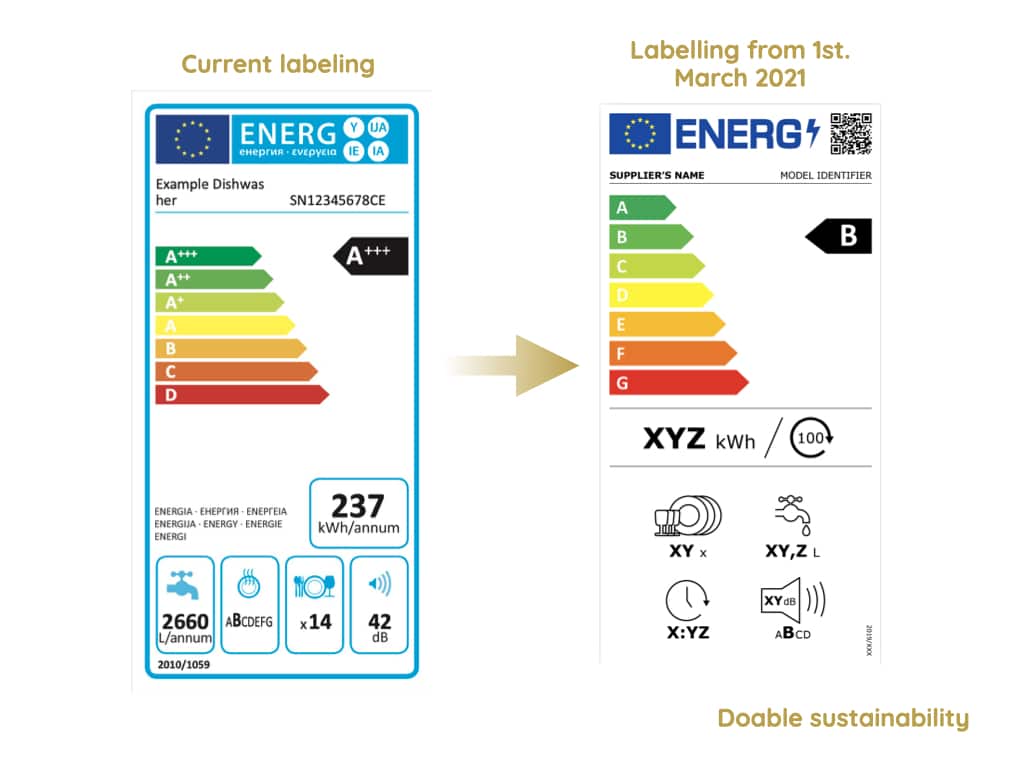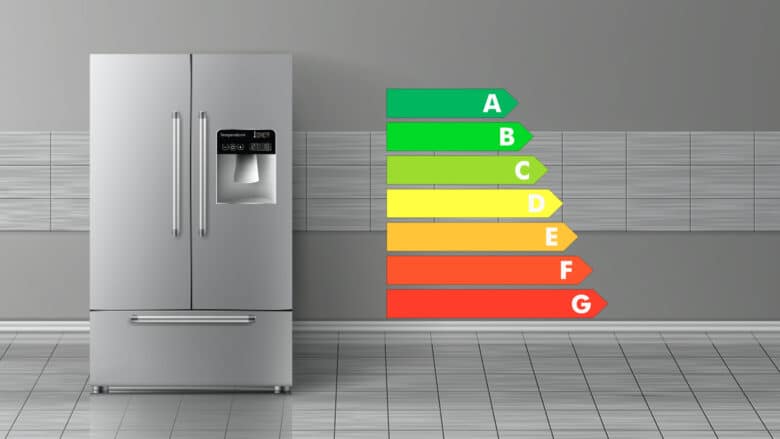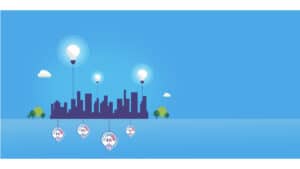We have to buy an appliance, for example a washing machine. We go to the shop and see a display of A+++, A++, A+, A, B products. With so many positives on the label, it is more complicated for us to make a product decision based on energy efficiency. That is why from the 1st March 2021 in the European Union there will be new energy efficiency labelling for a number of household appliances.
And what will the new label look like?
The new classification will go from A to G under a new, stricter and more transparent calculation methodology. This means that the current A+++, A++ and A+ categories will disappear and initially there will not be any appliances with a higher category, i.e. A.
Furthermore, the label will incorporate a QR code that will allow consumers to obtain additional, official product information.
Likewise, at the bottom of the label will be placed the annual energy consumption and graphic iconography is introduced to provide more information about the product, such as water consumption (in litres per cycle), load capacity (in kilograms) or noise emission (in decibels, and from A to D).

Illustration – Example of an EU energy label for different products
A digital database is also implemented for new products to be introduced in the EU. This will allow for greater transparency and market facilitation by local authorities.
Which appliances are affected?
According to the directive, 6 groups of household appliances will be affected:
- dishwashers
- washing machines and washer-driers
- refrigerators, including wine storage fridges
- lighting (light bulbs, lamps, etc.)
- electronic displays, including televisions monitors and digital signage displays
- refrigerating appliances also known as “commercial fridges” used in shops and vending machines
Not only will it be implemented in new devices, but all existing products will be re-scaled under the new labelling.
Why is new labelling being implemented?
The current labelling category was implemented in 1995. At that time, most household appliances were in the E, F or G range. However, in recent years, technological development has been such that the “least efficient” appliance is A cathegory.
From the consumer’s point of view it was no longer enlightening to make a choice on the basis of efficiency. To facilitate this, the EU has developed this new classification.
But it is not only a question of trade and greater transparency and coherence in the market, it is also a very effective way of being able to achieve climate targets.
Energy savings with the implementation of this new labelling are estimated to be 38 TWh by 2030, which is equivalent to the annual electricity consumption of Hungary. This could imply savings of around 40 kt of CO2 equivalent.
In other words, it not only updates the classification requirements, but is also in line with European policies to fight against climate change.
References & Resources
- ScienceDirect (July 2020), Behind the scenes: Why are energy efficient home appliances such a hard sell?
- ScienceDirect (April – May 2018) Energy Label Directive: current limitations and guidelines for the improvement
- Directive 2010/30/EU of the European Parliament and of the Council of 19 May 2010 on the indication by labelling and standard product information of the consumption of energy and other resources by energy-related products
- Directive 2009/125/EC of the European Parliament and of the Council of 21 October 2009 establishing a framework for the setting of ecodesign requirements for energy-related products
- Expansión – Hungría – Datos macro consumo electricidad
- Freepik – Vectorpocket



